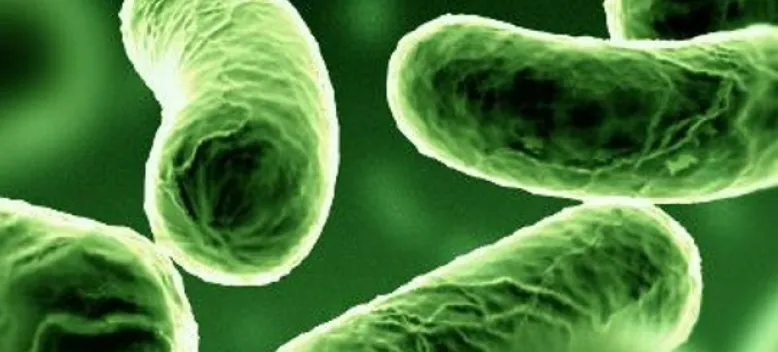Bacteria and viruses have an obvious role in the cause of infectious diseases, but microbes have also been identified as surprising cause of other diseases, including cervical cancer (human papillomavirus) and stomach ulcers (Bacteria H.pylori).
A new study of the University of Iowa now suggests that bacteria can even be the cause of one of the most frequent diseases of our time, type 2 diabetes.
The research team led by Patrick Schlievert, PHD, Professor and Deo of Microbiology of the Faculty of Medicine Carver IU, has found results confirming that prolonged exposure to a toxin produced by Staphylococcus aureus (staphylococcus) causes all the characteristic symptoms of theType 2 diabetes, including insulin resistance, glucose intolerance, and systemic inflammation.The tests with these bacteria have been carried out in tests with rabbits."Basically, reproduced type 2 diabetes in rabbits simply through chronic exposure to the staphylococcus bean," says Schlietart.
The findings suggest that the therapies aimed at eliminating those bacteria of staphylococci or neutralizing over -the -realities may have a potential to prevent or treat type 2 diabetes in the future and thus stop the large number of cases that occur today.
Obesity remains a known risk factor for the development of type 2 diabetes, however that obesity also alters the microbiome of a person (the ecosystem of bacteria that colonize our bodies and that affect our health) and there could also be foundAn explanation.
"What we are finding is that as people increase weight, they are increasingly prone to being colonized by staphylococcal bacteria and having a large number of these bacteria on the surface of their skin," says Schlient.
Schliett's research has previously demonstrated that super -speakers - toxins produced by all staphylococcal bacteria strains - disturb the immune system and are responsible for the mortal effects of various staphylococcal infections, such as toxic shock syndrome, sepsis or endocarditis.
The latest team study, recently published in the MBIO magazine, shows that superactigens interact with fat cells and immune system to cause chronic systemic inflammation, and this inflammation leads to insulin resistance and other characteristic symptoms of theType 2 diabetes.
When examining colonization levels by staphylococci in the skin of four patients with type 2 diabetes, the estimation of the Schlietart equipment confirmed that exposure to these bacteria was proportional to the dose of superantigen that caused the symptoms of type diabetes in rabbits in rabbits2. That is, there is a lot of relationship between both cases.
"I think we have a way to intercede here and alter the course of diabetes," says Schlient."We are working on a vaccine against over -playing and we believe that this type of vaccine could prevent the development of type 2 diabetes."
The team is also investigating the use of a glycerol that contains glycerol topical monolato, which kills staphylococcal bacteria in contact, as an approach to eliminate staphylococcal bacteria of human skin.They plan to test whether this approach will improve blood sugar levels in patients with type 2 diabetes or pre diabetes.


